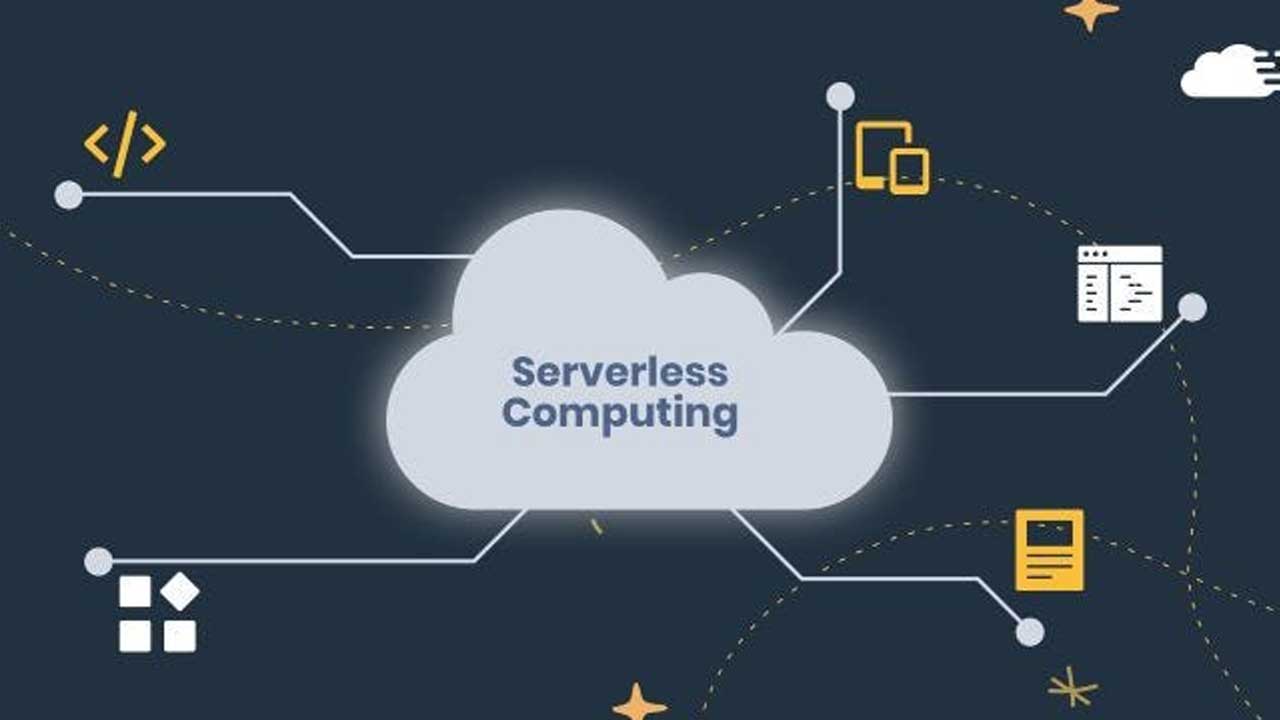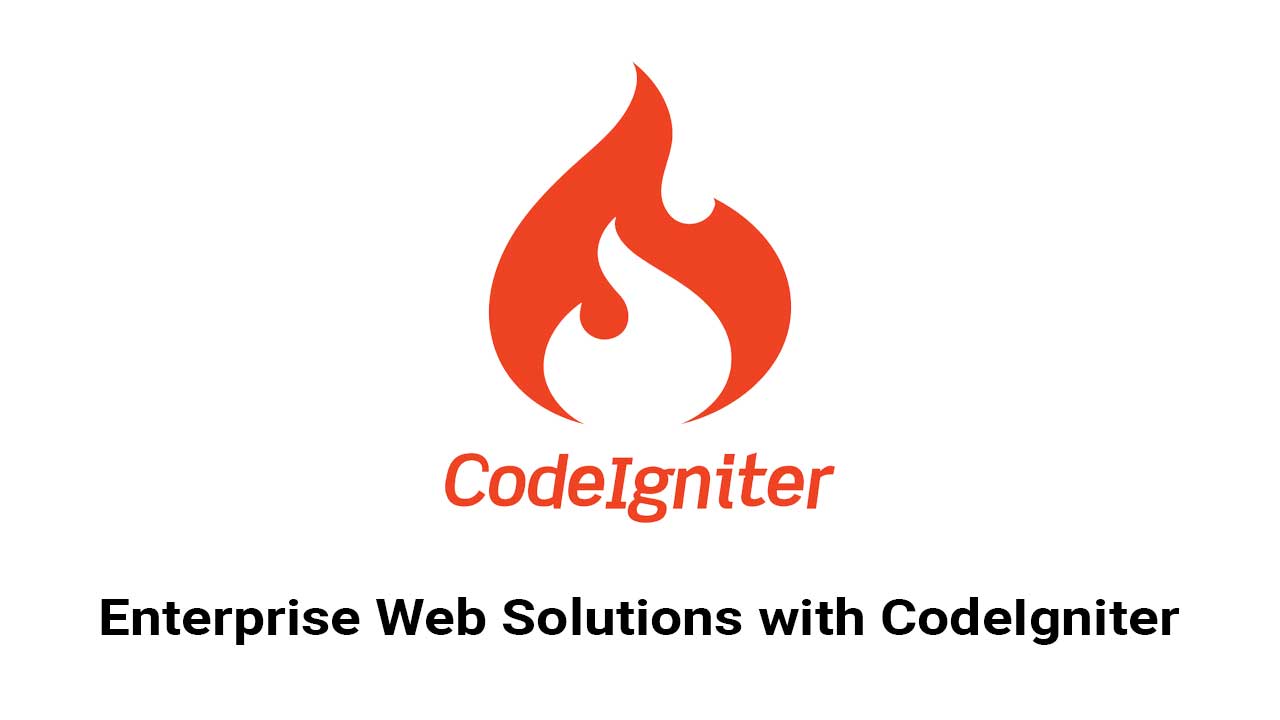Serverless Application Development: Harnessing AWS’s Serverless Architecture
Serverless application development has revolutionized how businesses deploy and manage applications, offering a flexible and cost-effective solution. With AWS’s serverless architecture, you can eliminate the need for infrastructure management and focus on your core business activities. In this blog, we’ll explore the advantages of serverless development, how AWS facilitates it, and best practices for implementing serverless applications.
Introduction to Serverless Application Development
Serverless computing enables developers to create and operate applications without handling the underlying infrastructure. AWS offers a comprehensive suite of serverless services that enable businesses to develop scalable and reliable applications.
What is Serverless Computing?
Serverless computing is a cloud execution model where the cloud provider automatically handles server allocation and provisioning. With serverless, developers can focus solely on writing code without worrying about the infrastructure.
Benefits of Serverless Architecture
1. Cost Efficiency: Pay only for the compute time you use, reducing costs.
2. Scalability: Automatically scale applications based on demand.
3. Reduced Operational Overhead: Eliminate the need for server management.
4. Improved Developer Productivity: Focus on code and business logic rather than infrastructure.
AWS Serverless Services
A AWS provides a robust set of tools and services to build serverless applications, ensuring high performance, scalability, and security.
AWS Lambda
AWS Lambda is the core of AWS’s serverless architecture. It enables you to execute code without the need to provision or manage servers. You only pay for the compute time consumed, making it a cost-effective solution.
Amazon API Gateway
Amazon API Gateway allows developers to design, deploy, manage, monitor, and protect APIs of any scale. It serves as a front door for applications to access data, business logic, or functionality from backend services.
AWS Step Functions
AWS Step Functions enable you to integrate various AWS services into seamless serverless workflows, simplifying the process of building and updating applications swiftly.
Amazon DynamoDB
The Amazon DynamoDB is a fully managed NoSQL database service offering fast, predictable performance and seamless scalability.
Amazon S3
Amazon S3 offers scalable storage in the cloud, allowing you to store and retrieve any amount of data at any time.
Best Practices for Serverless Application Development
To leverage AWS’s serverless architecture effectively, consider these best practices:
Efficient Resource Management
Use AWS Lambda’s auto-scaling capabilities to handle varying loads efficiently. Optimize function execution times and reduce memory usage to lower costs.
Security Best Practices
Implement AWS Identity and Access Management (IAM) roles to secure your serverless applications. Utilize AWS Key Management Service (KMS) to secure and encrypt your sensitive data.
Monitoring and Logging
Use Amazon Cloud Watch to monitor your applications and set up alarms for critical events. Implement structured logging for better observability and debugging.
Cost Management
Monitor your AWS costs regularly and use AWS Cost Explorer to identify areas for potential savings. Optimize your Lambda functions to reduce execution time and resource usage.
Conclusion
Serverless application development with AWS offers numerous benefits, including cost efficiency, scalability, and reduced operational overhead. By leveraging AWS’s suite of serverless services, businesses can focus on their core activities and innovate faster. Implementing best practices ensures secure, reliable, and cost-effective serverless applications.
FAQs
What is the primary advantage of serverless computing?
The primary advantage of serverless computing is the elimination of infrastructure management, allowing developers to focus on writing code and delivering business value.
How does AWS Lambda charge for its services?
AWS Lambda charges based on the number of requests and the duration of code execution. You only pay for the compute time you consume.
Can I use serverless architecture for large-scale applications?
Yes, serverless architecture is highly scalable and can handle large-scale applications. AWS services like Lambda and DynamoDB are designed to scale automatically based on demand.
What are the security considerations for serverless applications?
Security considerations include implementing IAM roles, encrypting sensitive data using KMS, and following best practices for application security.
How can I monitor my serverless applications on AWS?
You can use Amazon CloudWatch to monitor your serverless applications. CloudWatch provides metrics, logs, and alarms to help you maintain the health and performance of your applications.









